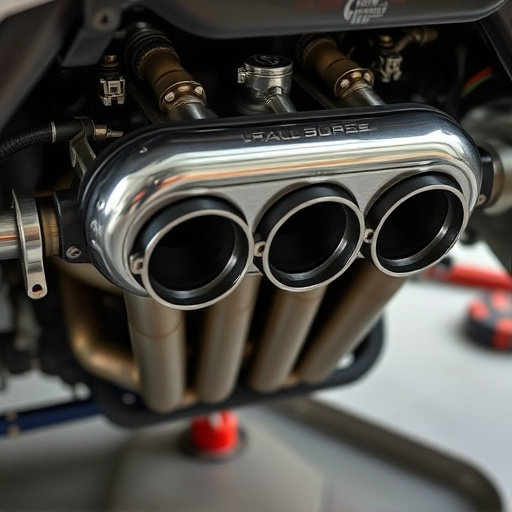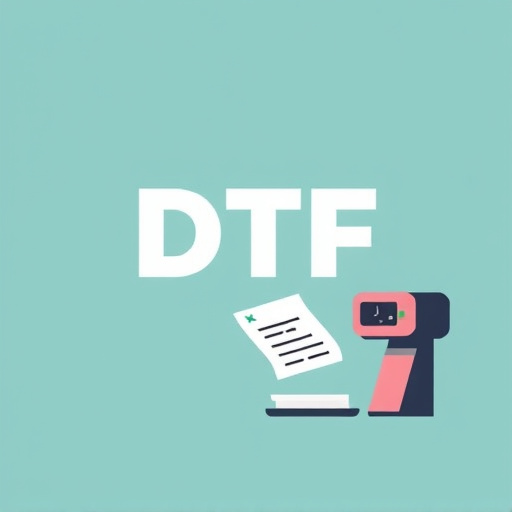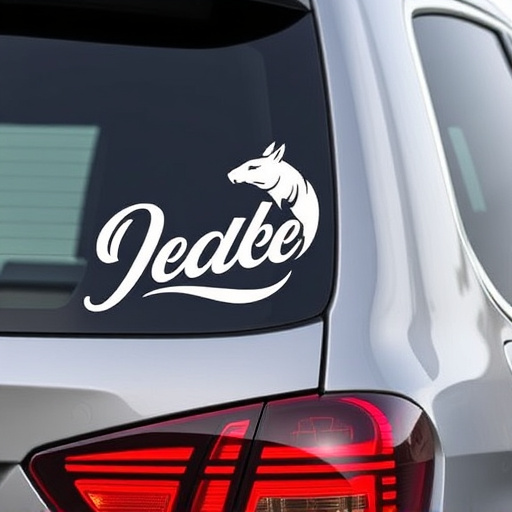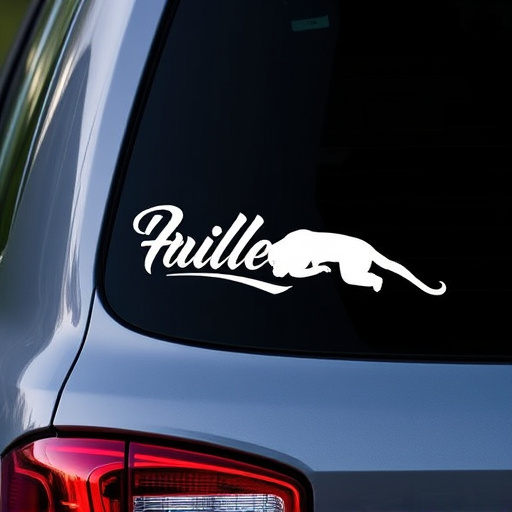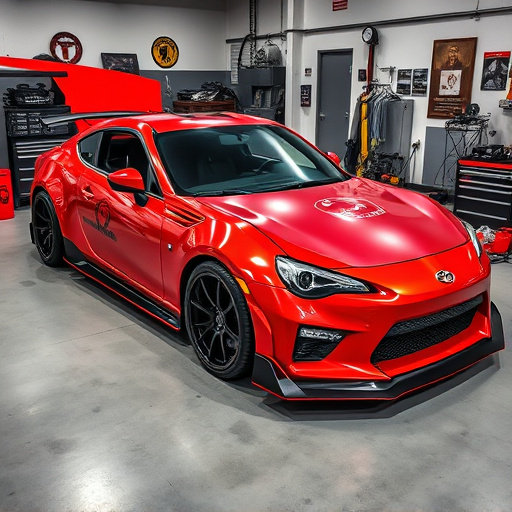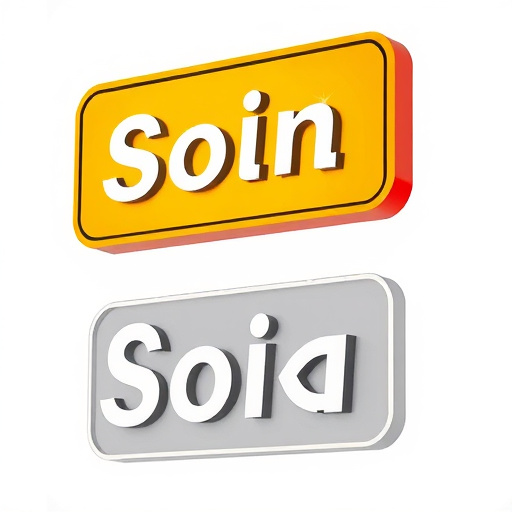Understanding human perception is crucial for logo design creation of vehicle protection products. Our brains quickly form associations and emotions based on visual cues. Successful logo design creation leverages color theory, typography, and symbolism to create lasting impressions, communicating brand promises of luxury, safety, and individuality. Designers use cognitive biases, Gestalt perception, and simple designs for brand recognition. The psychology behind logo design creation aims to establish emotional connections, influence consumer perception, and build loyalty through strategic use of colors and imagery.
“Unveiling the psychology behind strategic logo design creation, this article delves into the intricate relationship between human perception and visual branding. By exploring cognitive psychology and its influence on visual processing, we uncover how designers craft logos that resonate emotionally. We’ll discuss the power of visual cues to evoke specific emotions, fostering a strong brand connection. Understanding these psychological principles is essential for creating memorable logos that not only capture attention but also leave an indelible mark in the minds of consumers, thereby shaping their perception and loyalty towards a brand.”
- Understanding Human Perception and Logo Design
- Cognitive Psychology: How We Process Visuals
- Emotional Impact: Designing for Brand Connection
Understanding Human Perception and Logo Design
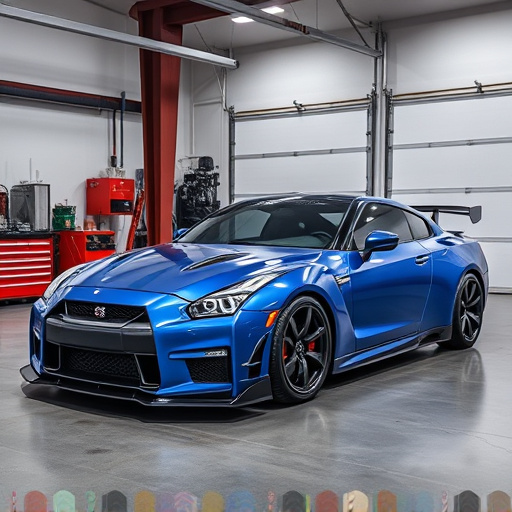
Understanding Human perception plays a pivotal role in the logo design creation process. Our brains interpret visual cues and shapes, quickly forming associations and evoking emotions based on past experiences. A well-designed logo should not only be aesthetically pleasing but also tap into these subconscious connections. By leveraging color theory, typography, and symbolic imagery, designers can create logos that resonate with audiences, fostering a lasting impression. The psychology behind this process involves understanding how colors influence mood, how fonts convey personality, and how certain shapes and symbols trigger specific emotions or memories.
In the context of vehicle protection, custom vehicle wraps and paint protection film, logo design creation becomes even more intriguing. These products, often associated with aesthetics, security, and customization, require logos that communicate durability, innovation, and style. Designers must consider the target audience’s perception of luxury, safety, and individuality when crafting these visuals. Effective logo design in this domain not only advertises the product but also communicates a brand’s promise, ensuring that customers associate it with vehicle protection, custom vehicle wraps, and paint protection film excellence.
Cognitive Psychology: How We Process Visuals

Our brains are incredibly adept at processing visual information, a skill honed over millennia. When it comes to logo design creation, Cognitive Psychology sheds light on how we interpret and remember visuals. Studies have shown that humans can unconsciously process images in as little as 13 milliseconds, making first impressions crucial. A well-designed logo, with its careful selection of colors, shapes, and symbolism, leverages these cognitive biases. For instance, warm colors like red and orange elicit immediate attention and energy, while cool tones like blue inspire trust and calmness.
Moreover, the human mind naturally groups similar elements together, a phenomenon known as Gestalt perception. Logo designers use this principle to create harmonious compositions that guide the viewer’s eye. This is why simple, clean designs often leave a lasting impression—they’re easy to comprehend and remember, making them powerful tools for brand recognition, especially when considering professional ppf installation or vehicle protection options, where a memorable logo can enhance a vehicle enhancement experience.
Emotional Impact: Designing for Brand Connection

The psychology behind strategic logo design creation goes beyond aesthetics; it’s about forging an emotional connection between brand and consumer. A well-designed logo should evoke feelings that align with the brand’s identity and values, creating a lasting impression in the minds of viewers. This emotional impact is crucial for building brand recognition and loyalty. By understanding the target audience’s preferences, designers can craft visual elements that resonate on a deeper level. For instance, warm colors like red and orange might stimulate energy and passion, making them ideal for brands aiming to inspire excitement. Conversely, cool tones such as blue and green often convey calmness and trustworthiness, suitable for companies emphasizing reliability.
In the realm of logo design creation, emotional appeal is a powerful tool that goes beyond mere visual attraction. It influences how consumers perceive and interact with a brand, fostering a sense of belonging and connection. This strategy is particularly significant in competitive markets where brands strive to stand out. Through thoughtful color choices, symbolic imagery, and clean lines, designers can create logos that not only look appealing but also evoke positive emotions, ensuring the brand’s message resonates effectively. Such emotional branding contributes to a powerful marketing strategy, ultimately enhancing the overall effectiveness of high-quality finishes in vehicle enhancement or paint correction services.
Strategic logo design creation isn’t merely about aesthetics; it leverages the psychology of human perception, cognitive processes, and emotional responses. By understanding how we interpret visuals and the profound impact they have on our emotions, designers can craft logos that effectively communicate brand identity and foster lasting connections. This psychological approach to logo design creation ensures that the visual elements not only capture attention but also resonate deeply with audiences, thereby enhancing brand recognition and loyalty in today’s competitive marketplace.


